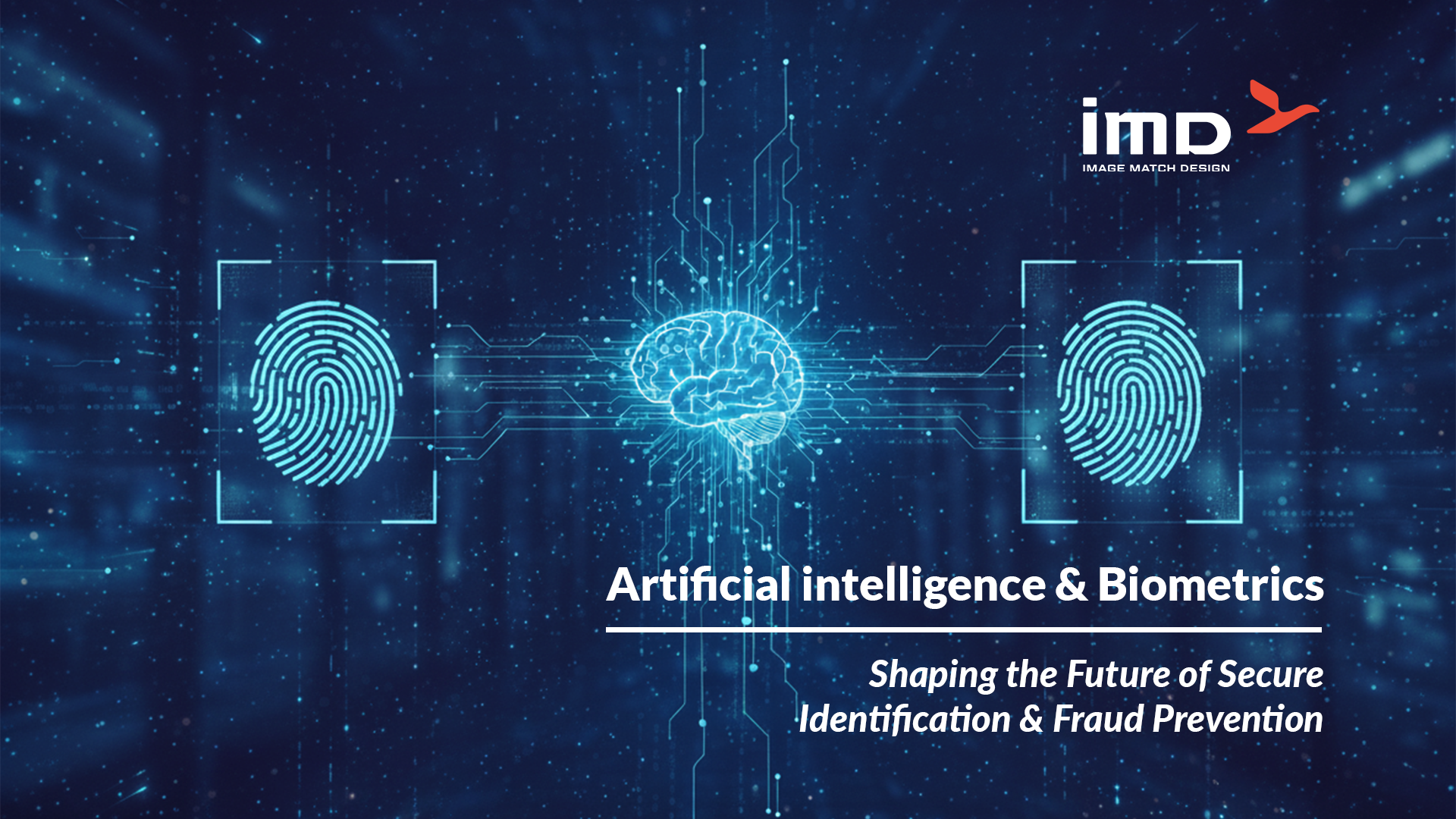The integration of Artificial Intelligence (AI) into fingerprint recognition is redefining the landscape of biometric security. Traditional fingerprint systems, while widely adopted, have often faced limitations such as false positives, slow processing, and vulnerability to spoofing. AI-powered systems are rapidly overcoming these challenges by analyzing complex patterns, learning from large datasets, and adapting over time to ensure accuracy, speed, and resilience. These advancements not only enhance the reliability of fingerprint recognition but also expand its potential applications across industries ranging from banking and law enforcement to healthcare and border security.
Understanding AI Fingerprint Recognition
AI fingerprint recognition uses machine learning algorithms and neural networks to analyze fingerprint patterns in a dynamic and intelligent way. Unlike conventional systems that rely on static minutiae points, AI examines a broader set of features, including ridge patterns, pressure distribution, and even micro-variations in the skin. This allows for more accurate matching, especially in challenging cases such as worn fingerprints, partial impressions, or environmental interference. By continuously learning from new data, AI systems improve over time, creating a robust and adaptive biometric verification process.
How AI Enhances Accuracy and Speed
One of the most significant benefits of AI in fingerprint recognition is its ability to process large volumes of data quickly and accurately. Advanced algorithms evaluate thousands of potential matches in seconds, reducing false acceptance and rejection rates. In addition, AI models can detect subtle patterns that traditional scanners often miss, improving reliability even when fingerprints are partially damaged or obscured. This increase in speed and accuracy is crucial for applications requiring real-time identification, such as secure building access or high-throughput border control systems.
Strengthening Security and Preventing Fraud
Security remains the primary motivation behind adopting AI fingerprint recognition. AI systems not only detect legitimate users more reliably but also identify anomalies and potential fraudulent attempts. For example, liveness detection technology integrated with AI can distinguish between real fingers and synthetic replicas, effectively preventing spoofing attacks. In sectors like banking and finance, this capability safeguards sensitive transactions, while in government and law enforcement, it protects against identity theft and unauthorized access.
Industry Applications of AI Fingerprint Recognition
Banking and Finance
Financial institutions leverage AI fingerprint recognition for secure authentication, reducing fraud, and streamlining customer experiences. From mobile banking apps to ATM access, AI ensures that only authorized users can complete transactions, while also enabling faster and more convenient login processes.
Border Control and Travel Security
Airports and border agencies increasingly implement AI-powered fingerprint systems to verify travelers in real-time. This technology accelerates immigration processing, enhances traveler safety, and prevents unauthorized entry. By analyzing fingerprints instantly and cross-referencing with secure databases, AI minimizes bottlenecks and improves operational efficiency.
Healthcare and Patient Identification
Hospitals and clinics use AI fingerprint recognition to confirm patient identities and protect sensitive medical records. By linking patients’ biometric data with electronic health systems, healthcare providers ensure accurate record-keeping and prevent medical errors. AI-driven systems also provide a secure method for telehealth authentication.
Government and Public Services
National ID programs, voter registration, and social services benefit from AI fingerprint recognition by preventing duplicate registrations and fraudulent activities. AI ensures that services reach the intended recipients while maintaining privacy and transparency.
Integration with Digital Ecosystems
Modern AI fingerprint recognition systems are not isolated; they integrate seamlessly with cloud platforms, IoT devices, and enterprise security infrastructures. This connectivity allows organizations to unify identity verification processes across multiple applications, enhancing efficiency and security. AI also enables analytics-driven insights, providing organizations with actionable information about usage patterns, system performance, and potential vulnerabilities.
Future Trends in AI Biometric Security
The future of AI fingerprint recognition will likely involve multimodal biometric systems, combining fingerprints with facial recognition, iris scans, or voice authentication to create even more secure identity verification processes. Predictive AI may anticipate unusual behavior or detect early signs of fraudulent attempts. Additionally, as AI continues to evolve, privacy-preserving technologies such as on-device processing and decentralized identity verification will gain prominence, ensuring users retain control over their personal data while benefiting from enhanced security.
Best Practices for Implementing AI Fingerprint Recognition
- Regularly update algorithms and training datasets to maintain accuracy and resilience against new threats.
- Combine AI with liveness detection and other security measures to prevent spoofing and fraud.
- Conduct pilot programs to test system performance before large-scale deployment.
- Educate staff and users on secure practices, privacy policies, and the importance of responsible data handling.
- Integrate AI fingerprint recognition with broader digital security frameworks for holistic protection.
Conclusion: Harnessing AI for a Secure and Efficient Future
AI is revolutionizing fingerprint recognition by delivering unprecedented levels of accuracy, speed, and security. From banking and border control to healthcare and government services, AI-driven systems enhance identity verification while reducing risks associated with fraud and identity theft. By understanding the technology, integrating it responsibly, and following best practices, organizations can maximize the benefits of AI fingerprint recognition. Looking ahead, the combination of AI with emerging biometric modalities and privacy-focused solutions promises a future where secure, seamless, and trustworthy identity verification becomes the norm. Embracing this technology today positions organizations at the forefront of the next generation of biometric security, ensuring both efficiency and trust in a rapidly digitalizing world.


